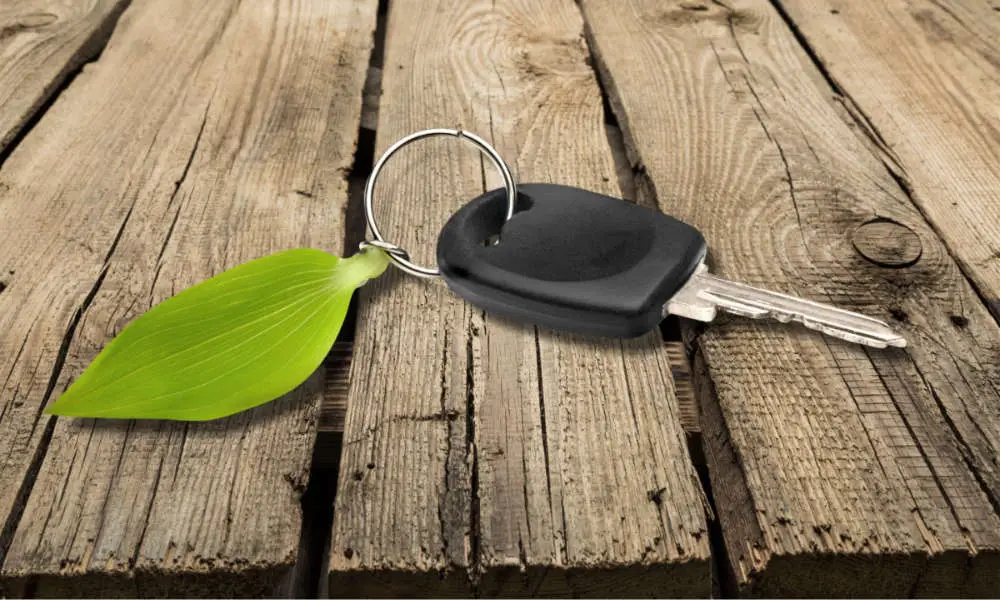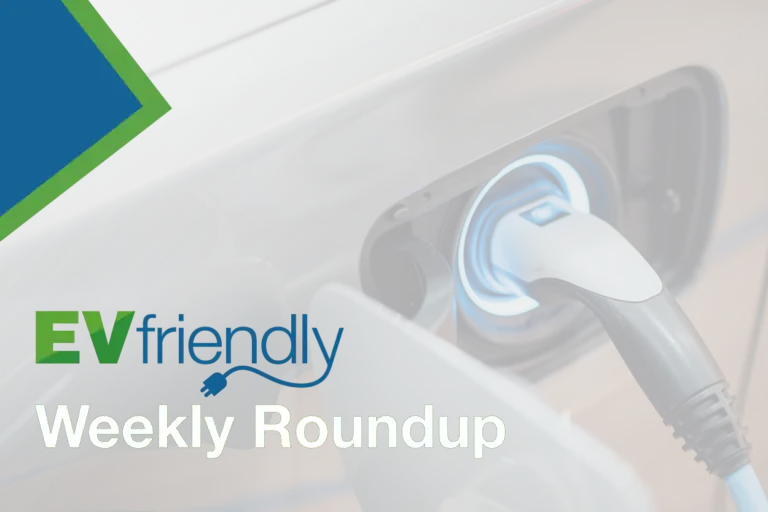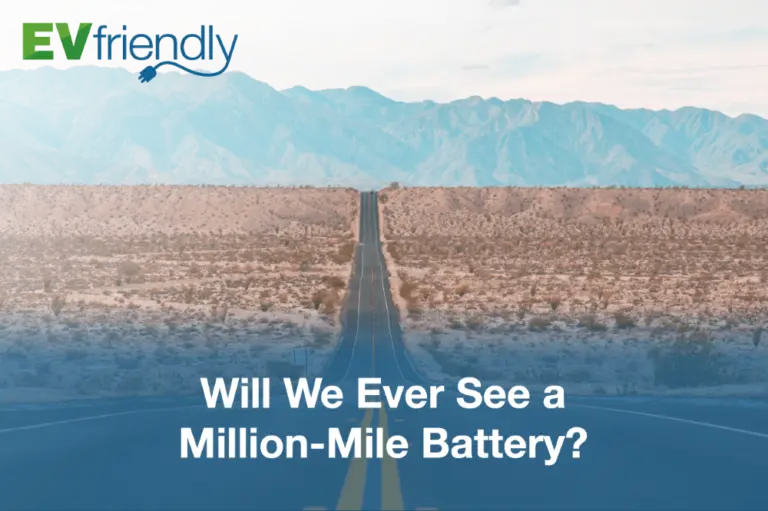EVs, HEVs, ZEVs, BEVs, PHEVs - Oh My!
Electric-assisted vehicles come in a number of configurations. They all share some basic principles and components, as described below. But first, let’s explain what all these acronyms mean.
Types of EVs
Hybrid Electric Vehicle (HEV):
Hybrids utilize both an internal combustion engine (ICE) and electric motors. There are a number of variations. Some offer electric assist only, others offer electric assist with start/stop, and some offer multiple modes of blending power between the gas engine and electric drive motors, as well as offering full EV mode under certain conditions. These vehicles are never plugged in to charge the HV battery. All charging is done by the ICE and regenerative braking system.
Plug-in Hybrid Electric Vehicle (PHEV)
A PHEV is a true blend of both a Hybrid and EV when it comes to how they operate while driving down the road. The vehicle will operate more often in EV mode than a Hybrid does, depending on the high voltage (HV) battery capacity. While the ICE in a PHEV charges the HV battery just like in Hybrids, an onboard charging unit can be plugged into a household outlet to charge the HV battery.
Battery Electric Vehicle (BEV, or BEVx)
These vehicles have no gas-powered engine at all. They are all-electric and require charging by an external power source. A variation is the extended range battery electric vehicle, or BEVx. These have a larger, higher capacity HV battery and are therefore capable of longer distances (range) between charging.
Zero Emission Vehicle (ZEV)
As the name suggests, these vehicles produce no harmful tailpipe emissions. A BEV is considered a ZEV, but there are other variations, such as hydrogen fuel cell-powered vehicles. The only byproduct of using hydrogen to generate electricity is water vapour.
EV Components
To explain the operating principles of every electric-assisted vehicle would fill a textbook. The following is a short guide to the configurations that all electric-assisted vehicles utilize and how they work together to make the vehicle operate. Keep in mind, not all vehicle models operate the same way and there will be differences between one make and another.
High-Voltage Battery
At the heart of the EV is the high-voltage battery (HV). These are typically constructed of lithium-ion (Li-ion) or nickel metal hydride (Ni-MH). The HV battery supplies DC current to the inverter to drive the electric motors.
Low-Voltage Battery
The low voltage battery is a 12-Volt battery just like the one in your gas-powered car or truck. It powers all of the computers and low voltage components, such as lights and infotainment systems, when the vehicle is not in “ready mode”.
DC-to-DC converter
Once the vehicle is in ready mode, the DC-to-DC converter takes over from the low voltage battery to supply charging system voltage to all the low voltage components. The DC-to-DC converter transforms energy from the HV battery into a lower voltage energy that can be utilized by the vehicle’s 12-volt system. The DC-to-DC converter serves the same purpose as an alternator would on an internal combustion motor.
Inverter
The inverter converts DC voltage from the HV battery to AC voltage that the electric drive motors can utilize. Conversely, the inverter can do the opposite and take AC voltage from the electric drive motor and turn it into DC voltage to charge the HV battery. Inverters generate a lot of heat and require a liquid-filled cooling system.
Drive Motors
The configuration of Permanent Magnet Synchronous Drive motors vary greatly between EV, PHEV, and Hybrid vehicles. All drive motors get AC electrical energy from the inverter and can be mechanically attached to the drive wheels through a final drive or through other means to assist the vehicle’s propulsion system.
Charger Unit
Electric Vehicles and Plug-in Hybrids have a charger unit that converts household AC power into DC energy to charge the HV battery. Some vehicles, in addition to a charger unit, may also utilize direct DC charging and do not use the charger unit to accomplish charging. Non plug-in hybrids can only rely on the engine and regenerative braking to charge the high voltage battery and do not have a charger unit.
Internal Combustion Engine (ICE):
The ICE powers the transmission in a Hybrid vehicle. Some extended range EV’s have an ICE that only charges the battery. A battery electric vehicle (BEV) does not have an ICE.






